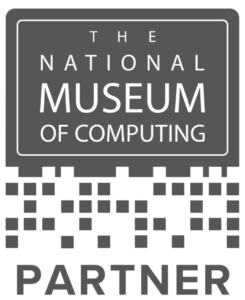When I was younger I learned to play the piano and the drums. I was often bored and irritated by the need to learn scales for the piano and ‘rudiments’ (rolls, paradiddles etc) for the drums. “I won’t ever actually need to play these,” I would think (and I see this with my own elder son who is also learning piano).
This of course is true: no one wants to go to a concert to hear major or minor scales. The point however is that they provide two things:
- Technique to play the instruments
- An awareness of the musical environment of music. This helps with creating new and interesting melodies, harmonies, rhythms and motifs.
There are similarities here with how we perceive and use the core elements in the ITSM world.
Much of the traditional training content built around ITIL and ITSM focusses on processes. We still need these, of course, but often we focus on the process rather than the outcome or intended goal. It’s important that we use these processes. But they are not the end game of this work. They are just the building blocks that we use to create practical and effective service solutions.
Here’s an example. Many of us use Incident, Problem and Knowledge Management with CSI to improve the following:
- Cost effectiveness
- Customer satisfaction
- Employee satisfaction
If we improve our CSI and Problem processes to move more issue resolution to the front line we can reduce customer downtime. This also reduces the cost of managing incidents. We can also deploy Knowledge Management to re-use fix activities to speed up future resolution.
Improving first-level fix rates is better for customers and also for support staff. It creates a more rewarding role for service desk staff, and second/third line staff are able to focus more on strategic technical issues. All these practices use ITIL/ITSM processes. They are the scales and rudiments that we can use to create a great customer experience and effective service operation.
We often call this ‘Shift Left’ – ie to move the resolution point as near as possible to the customer. Shift Left is an application of ITSM using existing processes. It is a focussed way of thinking around improving service quality rather than simply a boring old process. Just as with music and other endeavours, if we want to be successful, what matters is not just that we learn what the basics and rudiments are, but how to apply them.
Check out details of our new Shift Left workshop on 26th May.
Find out more about:
- What you need to know about Shift Left in ITSM
- Creating the right environment and culture for shifting left
- Identification of areas to shift
- Why self-service isn’t always the answer

Barclay Rae
Barclay Rae has extensive experience as a consultant, analyst and subject matter expert in IT Service Management. He is the Lead Editor of ITIL 4 Create Deliver Support (CDS) Managing Professional guide, a member of the ITIL 4 Architect team and a co-author of ITIL Practitioner.
He also has considerable business and management experience in the industry, both as a consultancy vendor and also working with industry bodies and vendors such as SDI, AXELOS, APMG, and Axios. He brings industry and subject knowledge to ITSMF UK's strategic direction, as well as practical experience and commercial skills in running a small business organisation.


